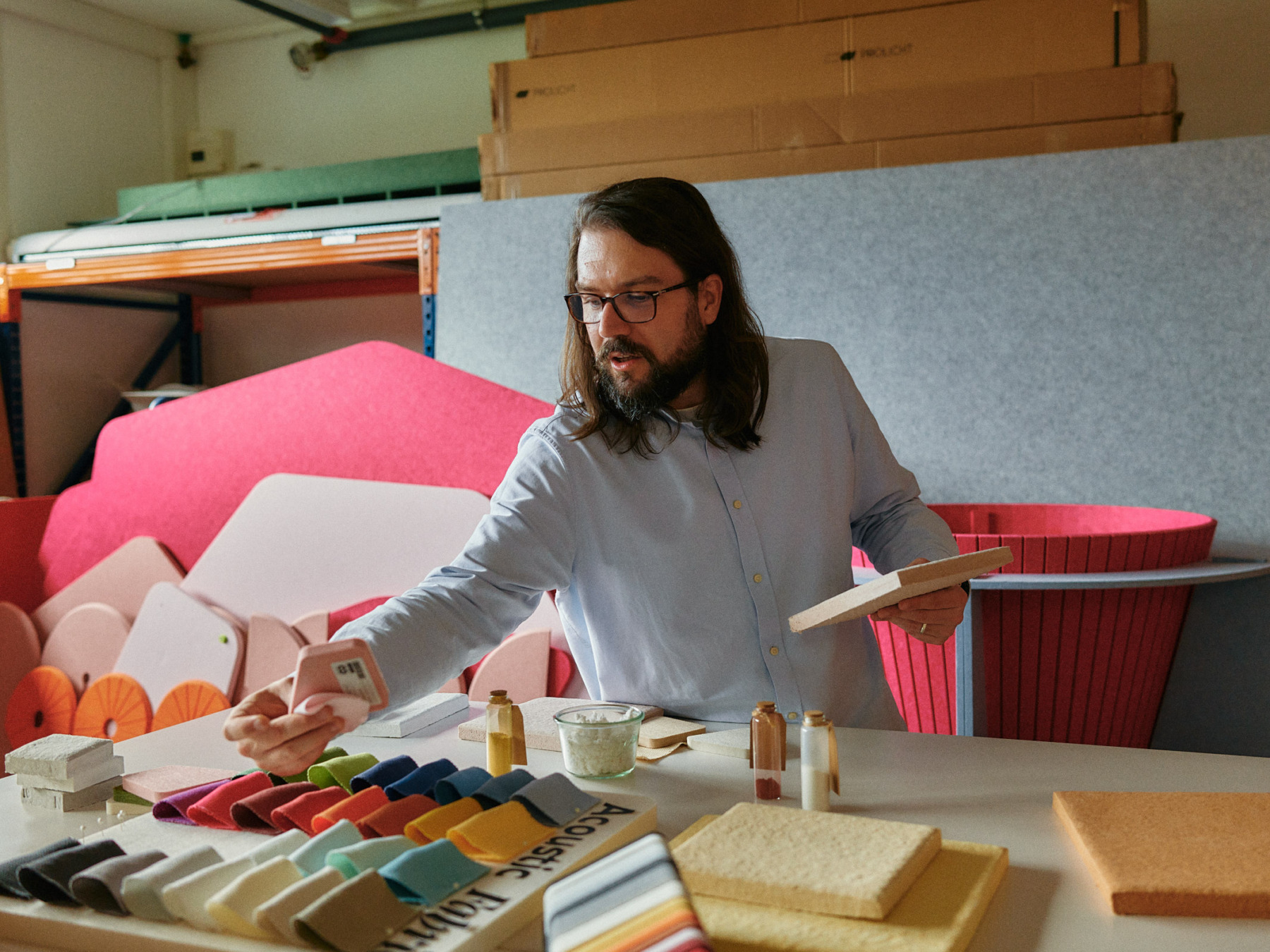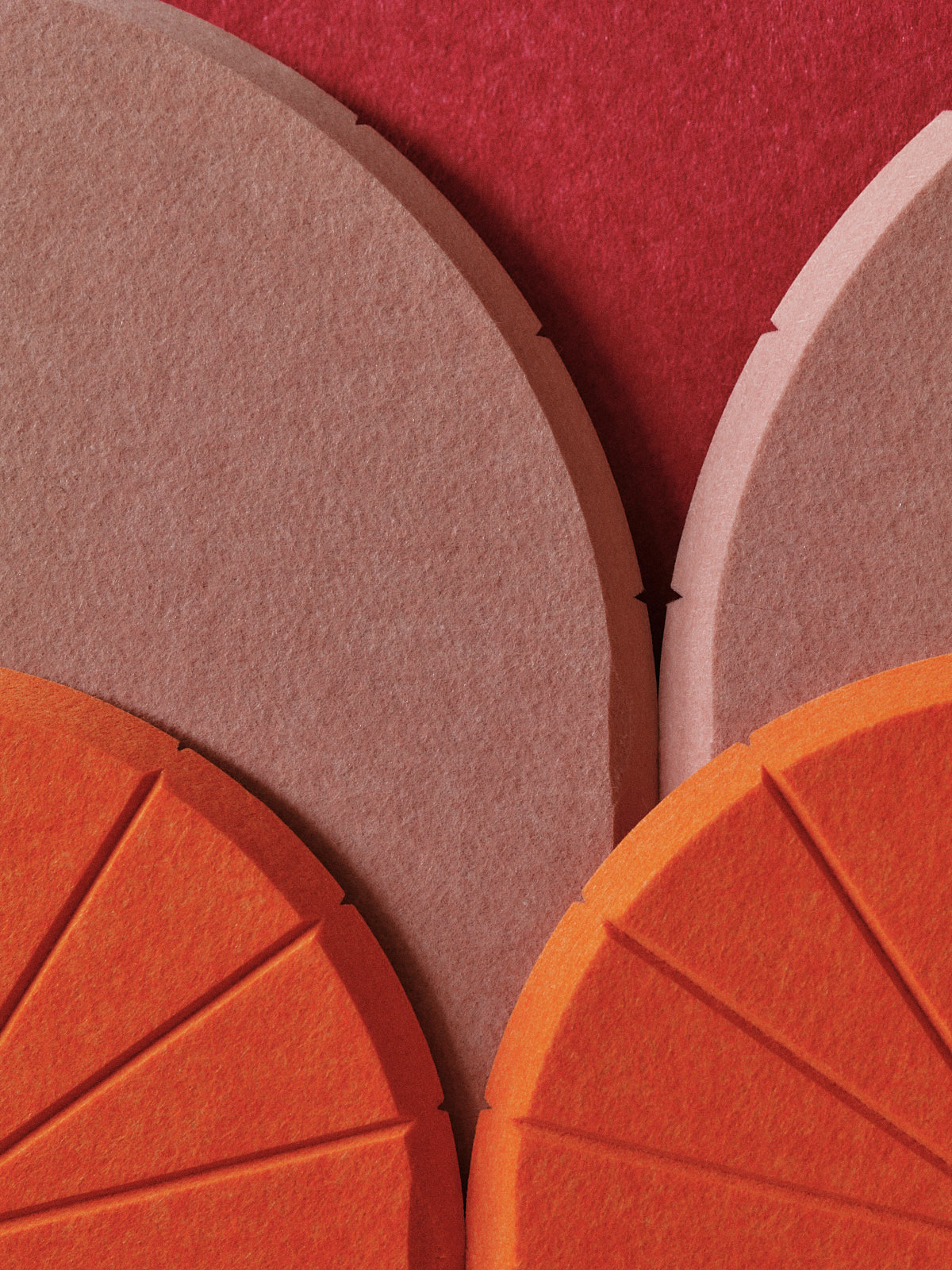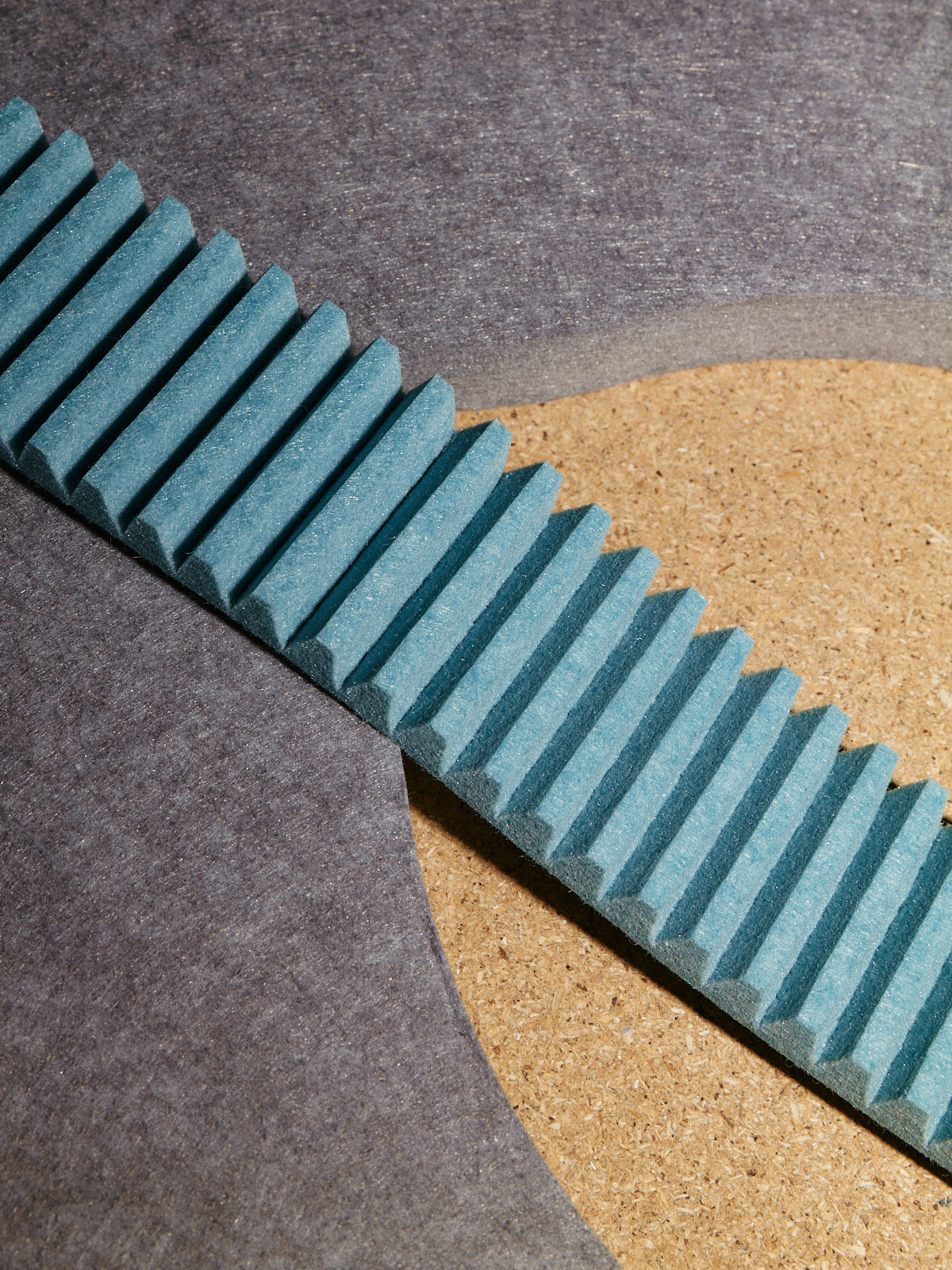Waste not, want not—or so the saying goes. When it comes to the fate of post-consumer plastic, there’s a lot left to be desired. Yet where there’s a problem, there’s potential. It’s this sense of possibility that motivates Coco Lombarte, Head of Design and Innovation at Impact Acoustic, a Swiss manufacturing company dedicated to eliminating plastic waste by upcycling PET bottles into a high-performance sound-absorbing material.
Lombarte, an affable Spaniard who was raised in multiple continents and speaks five languages, spent his youth experimenting across the arts and sciences before channeling his dual passions for craft and engineering into industrial design. Fast-forward to 2023, his interdisciplinary curiosity and cosmopolitan mindset serve him well at the helm of a hands-on design team that relentlessly iterates to test the limits of materiality.
While taking a breather between stops on the design fair circuit, Lombarte opens the door to his team’s design lab in Lucerne before paying a visit to his collaborators at Dolci Colori, a storied centuries-old, pigment studio outside Verona that’s still family-run today. En route, he spills his secret to timeless design and breaks down precisely how Impact Acoustic is turning trash into treasure.
This interview was produced in collaboration with Swiss manufacturing company and sustainable design lab Impact Acoustic. It is part of an educational series that charts the evolution of Impact Acoustic and the creative possibilities of working with waste through the eyes of its founders and creative collaborators.



-
Can you share an early memory or a formative experience that catalyzed your passion?
I started painting and drawing when I was very little. My mum would take me to museums, teaching my brother and me as much as she could about architecture. We used to travel quite a bit, so I had visited most European countries by the age of ten. As a teenager, I started paying more attention to trends and fashion. I started drawing sneakers. I would have endless pages of designs. I had no idea this was a profession. I would just do it. And then I grew up a bit and became more interested in philosophy, the arts, politics, and history. I really enjoyed expressing myself through art, mostly painting and sculpture.
When I finished high school and went back to Spain to start university, I needed to start making choices. Being from Spain—It’s a very competitive space for creatives. I decided it was better to focus on something more practical with better job prospects. I ended up graduating with an engineering degree in industrial design. The approach was quite technical, and then there was some content more closely related to product development, marketing, and art, which I really enjoyed. In presentations, everybody would be presenting things that were very technical and I’d be presenting a chair or a collection of shoes. So I was a little bit odd. I was the black sheep.



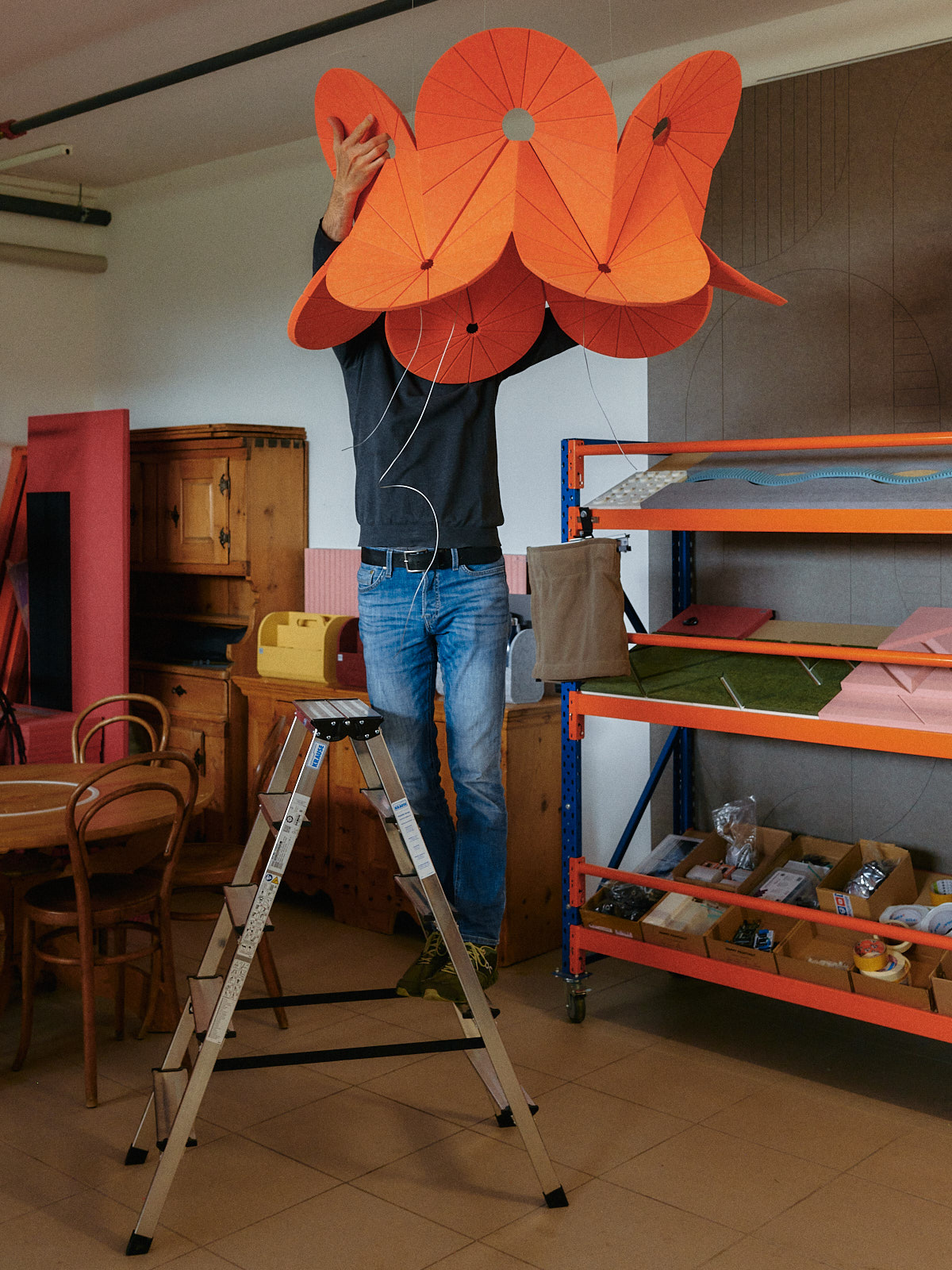
“Everybody would be presenting things that were very technical and I will be presenting a chair or a collection of shoes. I was a little bit odd. I was the black sheep.”

-
How did your experience of living among different cultures across several continents at an early age shape your thinking on sustainability and innovation?
The most important thing I got from this experience is the ability to understand human beings within the big picture. I always found it very interesting to be between all these destinations. I’d go back to Spain for the holidays and see my friends from Spain who had a very specific cultural upbringing and a very specific way of doing things. For them, it was natural, but I’d be like, “Well actually, in this place, they don’t do that.” So, very early on I started having sort of an international approach to life not only knowing that there’s a difference, but also wanting to understand why.
I think this has helped me become a person who can design almost for anywhere. To achieve timelessness in your work, it’s very important that you do it for the world. Internationalization is key, otherwise you can very quickly become irrelevant and you can find yourself dedicated to a very specific target. I prefer to always address the whole world rather than a specific person.
In terms of sustainability, this probably comes more from my teenage years, when I was sensitive to politics, to globalization, to all the movements that were happening around the world. I internalized a lot of responsibilities and felt that it’s my duty to try to fix things. I started seeing all these problems with mass industrialization and pollution of the environment. I’m not an expert in this; I’ll always consider myself an eternal student, but [the issues have] always been obvious to me. I find it very hard to understand why people don’t push a little bit harder in a direction that is more sustainable.
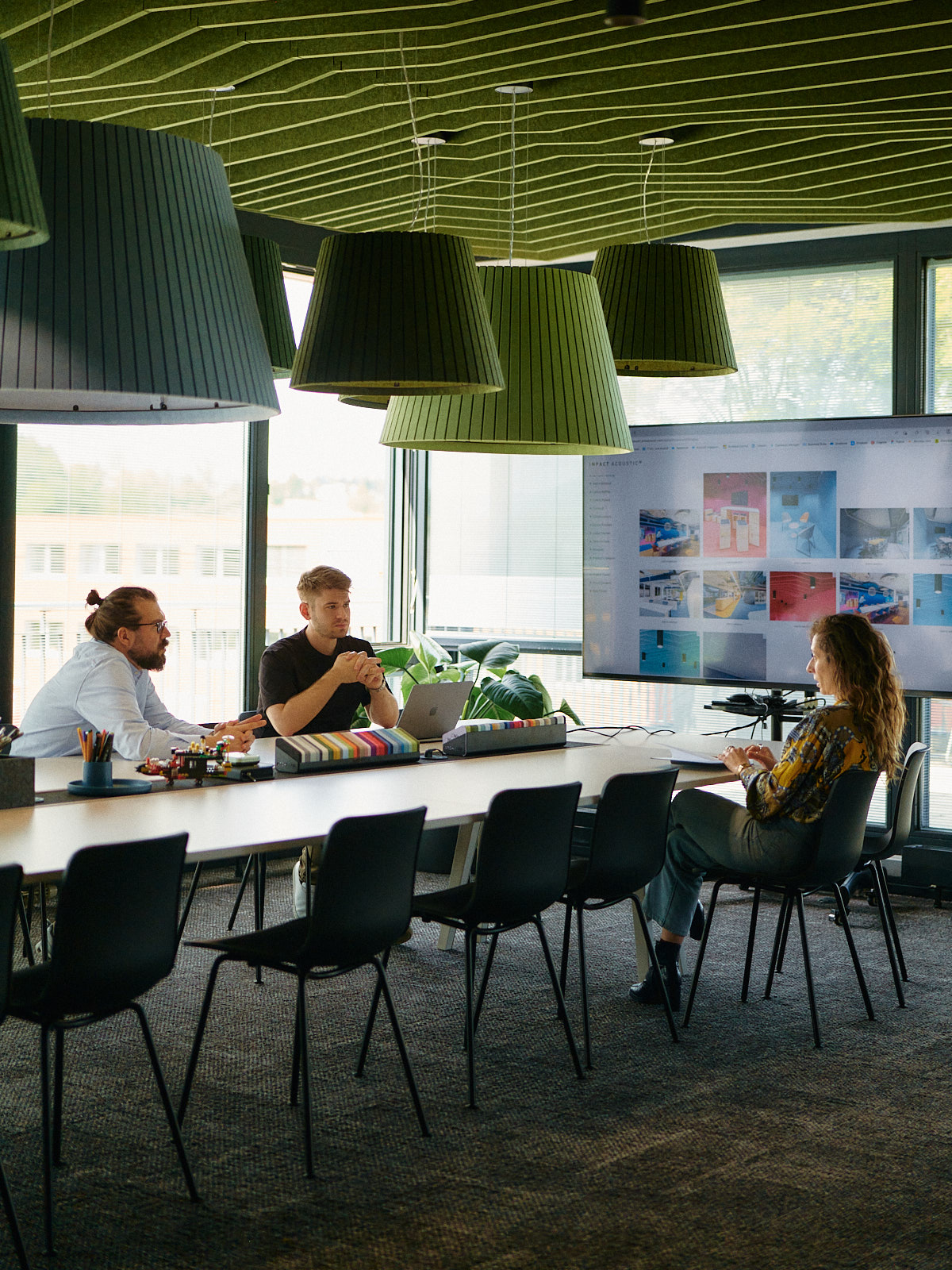
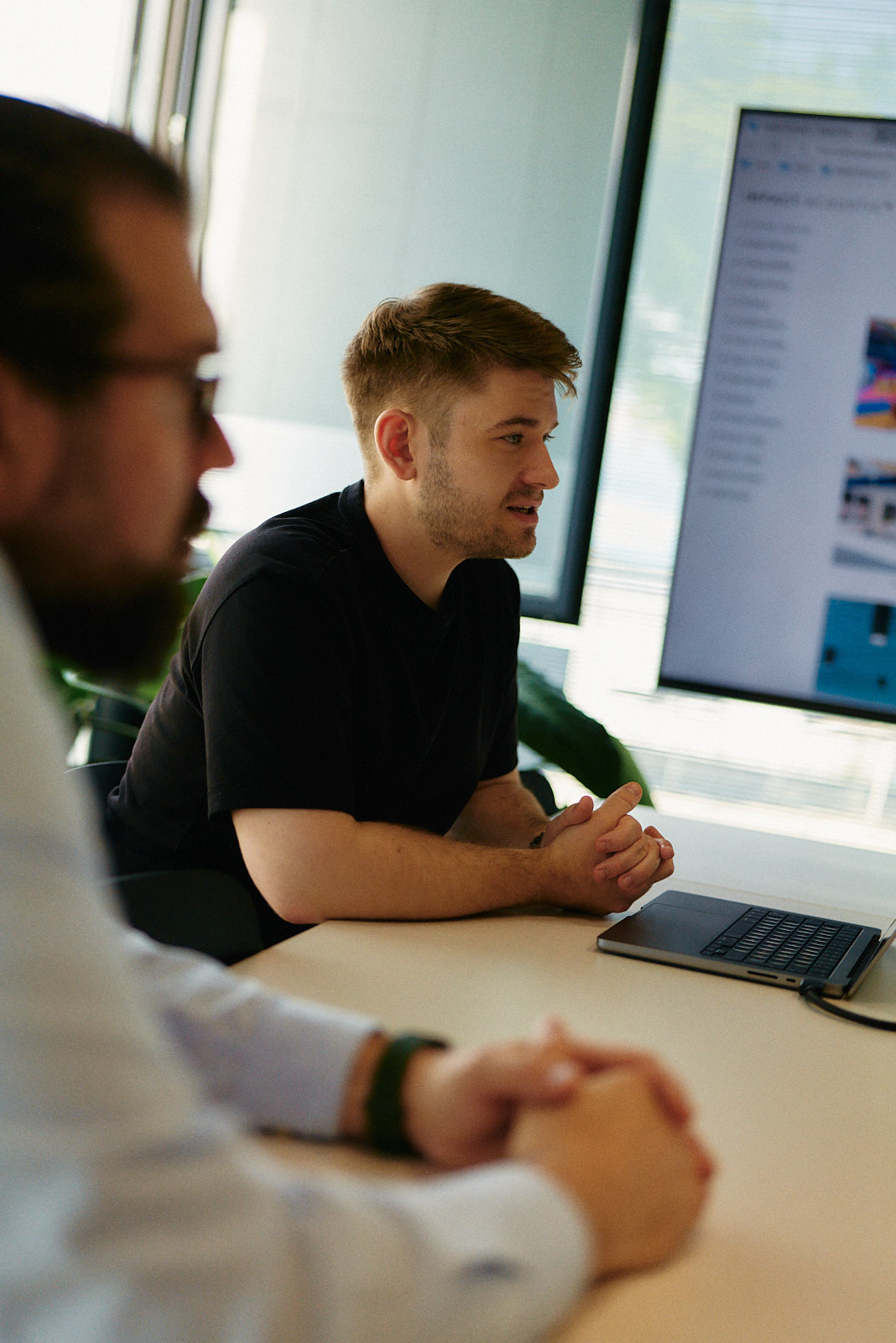
“It’s important to be imaginative because what we have right now is not ideal. It’s up to us to start a road or a path where we can create things that are actually ideal.”

-
Focusing on the use of materials, what do you see as the role of material development in circular design? Where does its greatest potential lie?
What excites me the most is the unknown. There’s so much potential. We have amazing technologies available that are not as expensive as they were ten years ago. There’s public attention and a chance of progressing forward. What interests me most is creating things that are new and work well at a good price—that are popular. Not only things that comply with my requirements for sustainability or full circularity, but also that inspire. We’re trying to prove that there’s a very viable opportunity for companies to jump in and do it properly. And in that process, we can develop new materials and encourage others to do the same, because there’s a fair degree of research, innovation, and development that one must do in order to achieve such things. It’s a very young field and there’s so much work to do.



-
To illustrate this, can you take us through the lifecycle of a product of your choice?
I’ll focus on ARCHISONIC® Cotton, a new material we’ve developed. For me, circularity is very simple. It’s basically a closed circle instead of a linear approach, where something is created, used, then thrown away. When you close the circle, [a product] enters a closed loop, so you reuse it. When we look at the design process in a circular way, we understand what happens at the product’s end of life and we implement that as part of the process, not only as a bit of, “Oh yeah, well then you can throw this away here and recycle it.” No—seriously trying to combine both and fully close that circle.
So how do we do that? We’ve been developing this material [ARCHISONIC® Cotton] that’s made through a process that doesn’t require a lot of energy. It’s a very handcrafted process, but this is where engineering, Swiss precision, and technology help. We’re able to combine craft and this engineering to create a process that doesn’t require a lot of energy and doesn’t have a negative impact to create a material. This material can be distributed and used in different ways to meet different requirements. It’s an architectural product, it’s a great acoustic absorber, and it’s very aesthetic.
When it reaches the end of its life, [ARCHISONIC® Cotton] can be easily processed in a way that doesn’t have much of an impact. You can mix it with water. You can shred it, you can put it back into production and you can turn it into another product with a different shape and a different color. You fully reuse it without adding anything other than water and a bit of solar energy. This water actually comes from a closed cycle, so there is practically no waste in the production, processing, and reintroduction of this material into the production line. So this is a good example of how we’re trying to do things.




“To achieve timelessness in your work, it’s very important that you do it for the world. Internationalization is key, otherwise you can very quickly become irrelevant.”

-
Can you give us a peek into Impact’s design lab? If we stopped by on any given day, what would the team be working on?
In the lab, you’ll see a lot of different prototypes, products, and materials. There are surprises every morning because we’re constantly testing. We also do a lot of stress testing, so there are a lot of destroyed items, as we’re always pushing the boundaries of materiality. When you work with new materials, it’s not as straightforward as working with, say, steel or timber. You have to do a lot of testing all the time because it’s something you’ve created from scratch. You might think you know how something behaves in specific situations but then it might surprise you in a different aspect.
We’re very hands-on with our production, and we use a lot of different tools, from classic instruments to very advanced 3D printing technologies, so that we understand [a material] completely, not only from a theoretical or design point of view, but also from how we work with it, how we install it, what the pros and cons are. This also has to do with the full-circularity approach to design: not only understanding the end-of-life of a product but paying attention to absolutely every stage of the process and optimizing it so that it’s viable and sustainable.


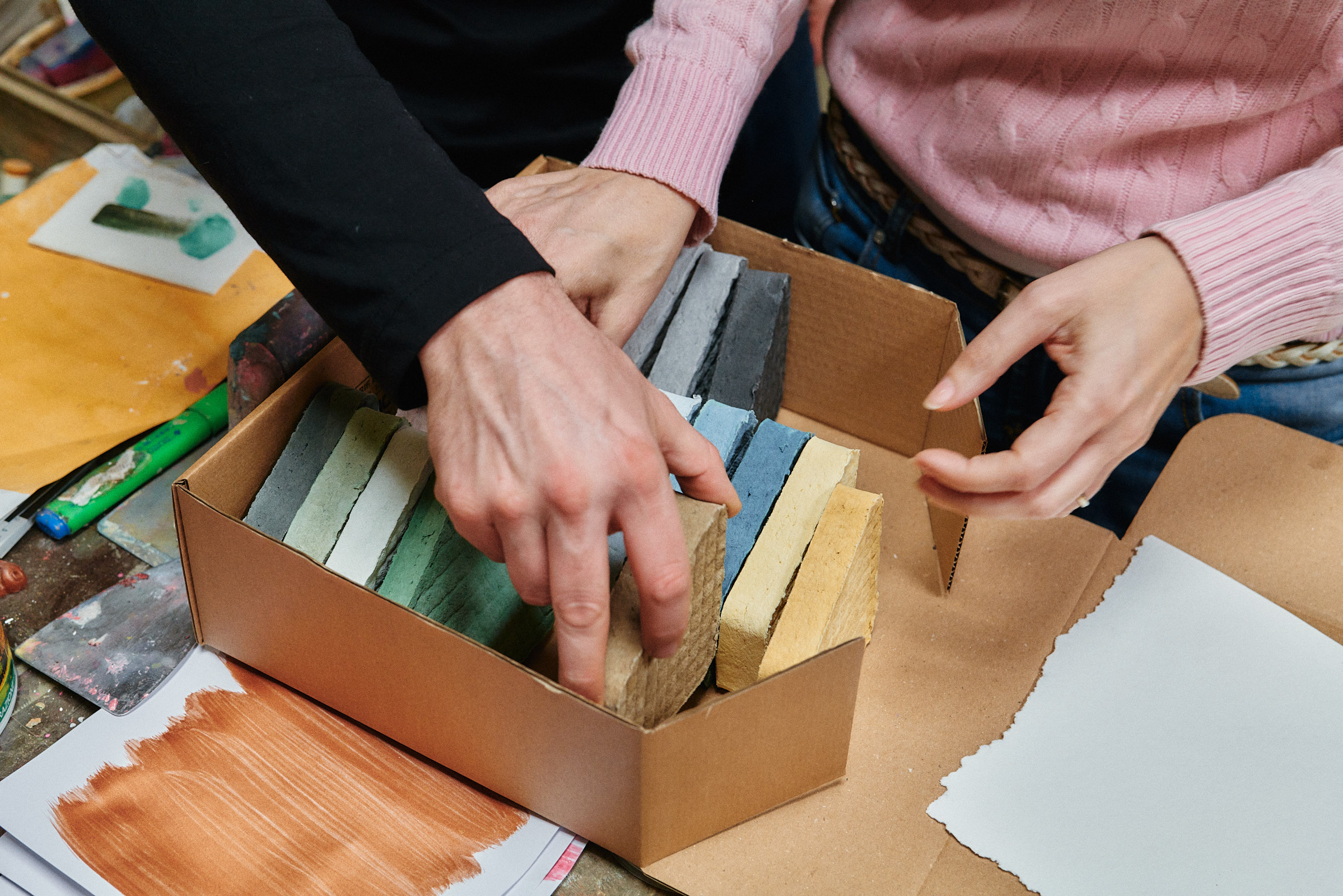


“There are surprises every morning, because we’re constantly testing. We also do a lot of stress testing, so there are a lot of destroyed items, as we’re always pushing the boundaries of materiality.”
-
One of your key production partners is Dolci Colori, a centuries-old family-run pigment studio outside Verona. Can you shed light on your work together and how it informs Impact’s color palette?
Dolci Colori is a supplier we wanted to work with to create ARCHISONIC® Cotton for multiple reasons. First, our sustainability values are aligned. For them, it is very important to use natural materials and processes to create their color range. Second, their circular design process. Having a supplier close to the production facility where this material is made was key as it simplifies logistics and enhances the sustainable aspect of the whole process. Dolci Colori sources most of the earth pigments we use on ARCHISONIC® Cotton from Italy, so we felt they were the right choice.
Lastly, heritage. Dolci Colori is a family company that has been operating since 1910. This is proof of how much they value their work. They go above and beyond to meet any required standards. Their attention to details and the level of quality in their work speaks for itself. There were other more cost-effective options in the market, but at the end of the day, choosing the right partner defines your character as a brand. We consider ourselves a band of rebels in the industry, and we prioritize things that other companies simply don’t care about. We are proud of our values. We felt Dolci Colori was a bit like that too.

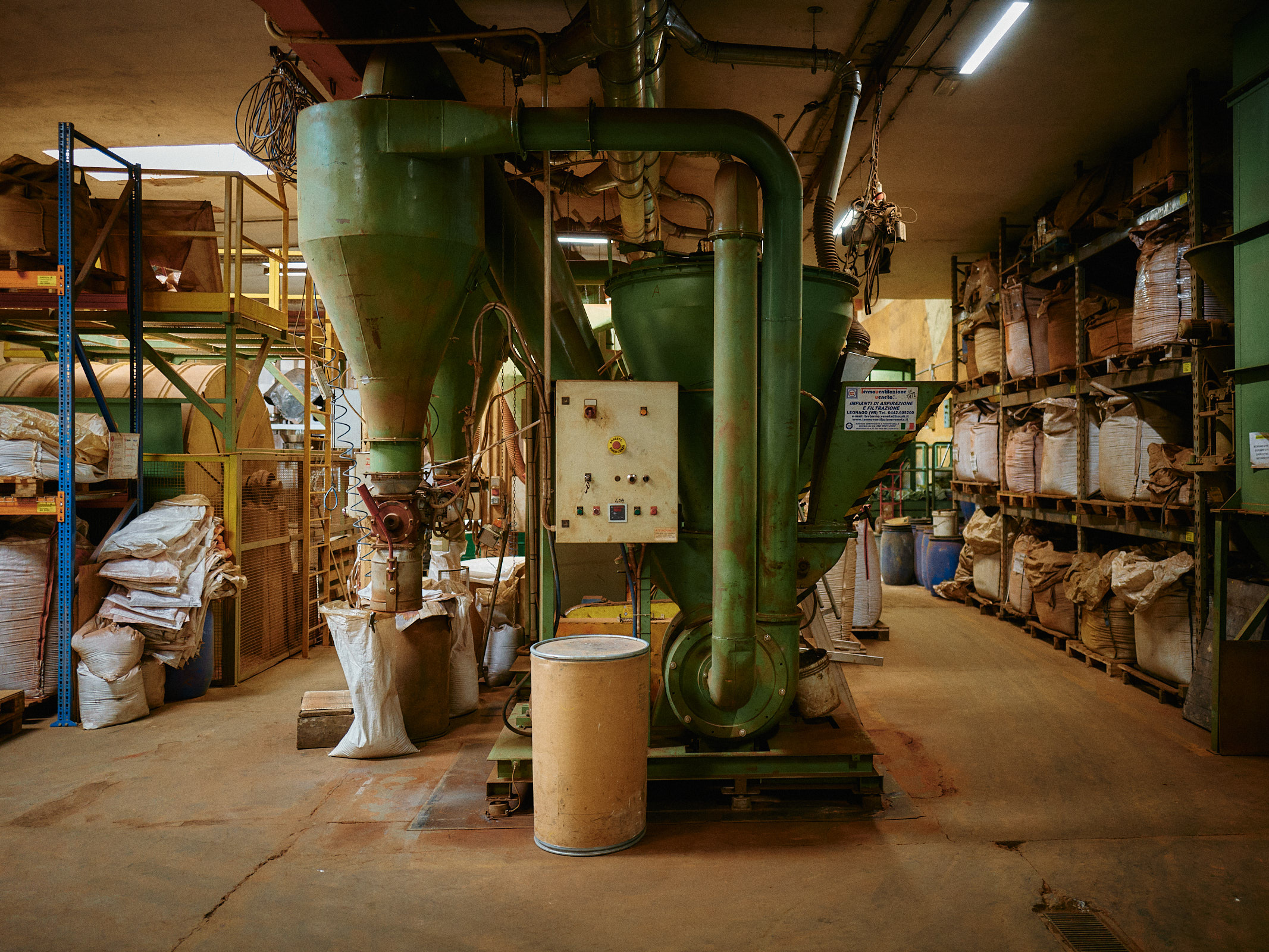
-
Why is it important to cultivate an imaginative approach to materials in the context of circular design?
It’s important to be imaginative because what we have right now is not ideal. It’s up to us to start a path where we can create things that are actually ideal. This requires a lot of creativity, a lot of work, and a lot of focus. It’s not an easy path. But it is a path that’s necessary. Other than that, there are ways we can implement to minimize our impact with what we have right now. And that is great. That is something that we shouldn’t forget either. There are very traditional processes and very traditional materials that we should optimize to make them more sustainable. But we need creativity and we need innovation. We need a sort of wheel to push this forward and create something that actually doesn’t exist yet. It’s a bit like following a utopia. I don’t know if we’ll ever get there fully, but it’s the direction that we need.
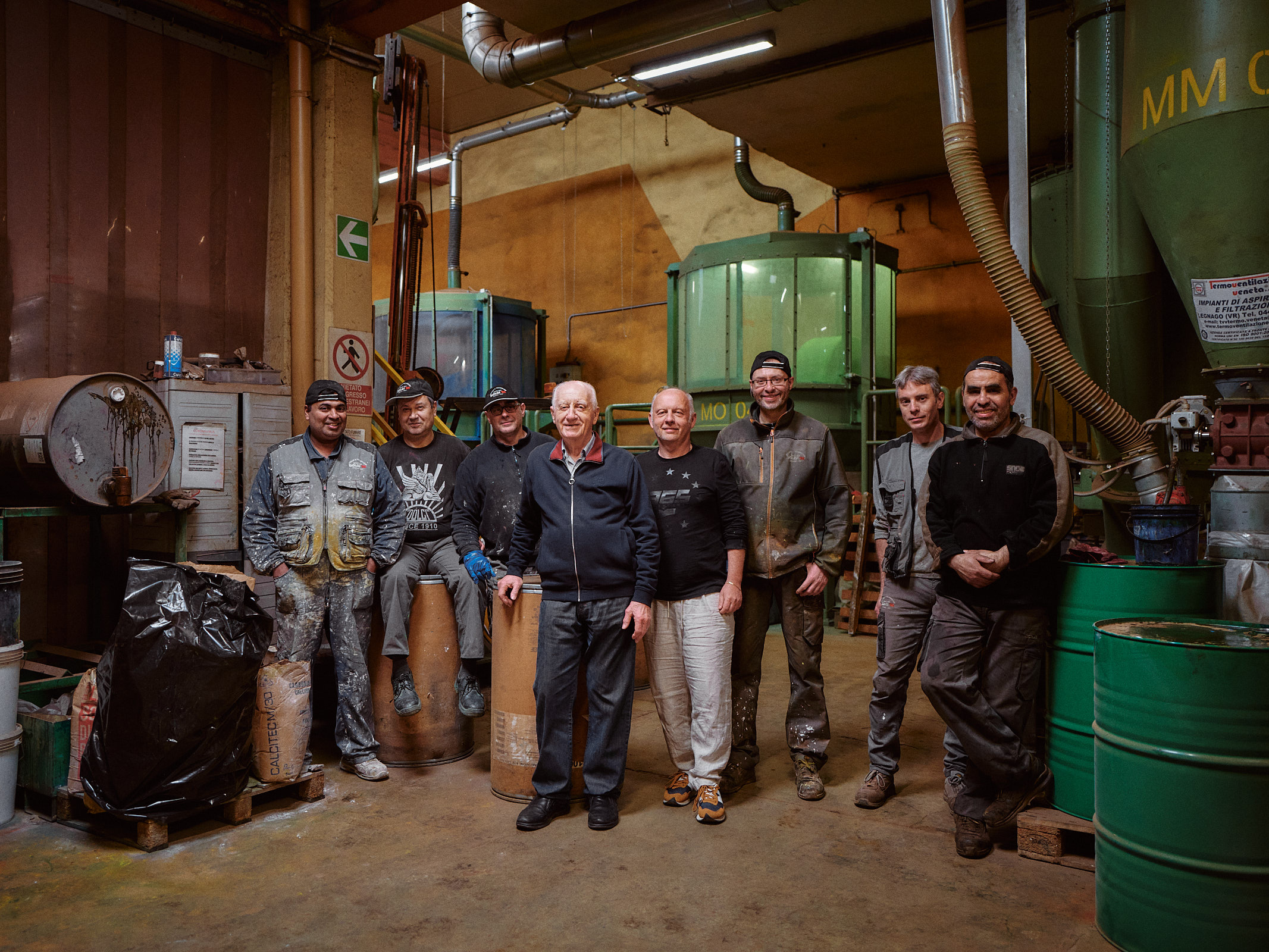
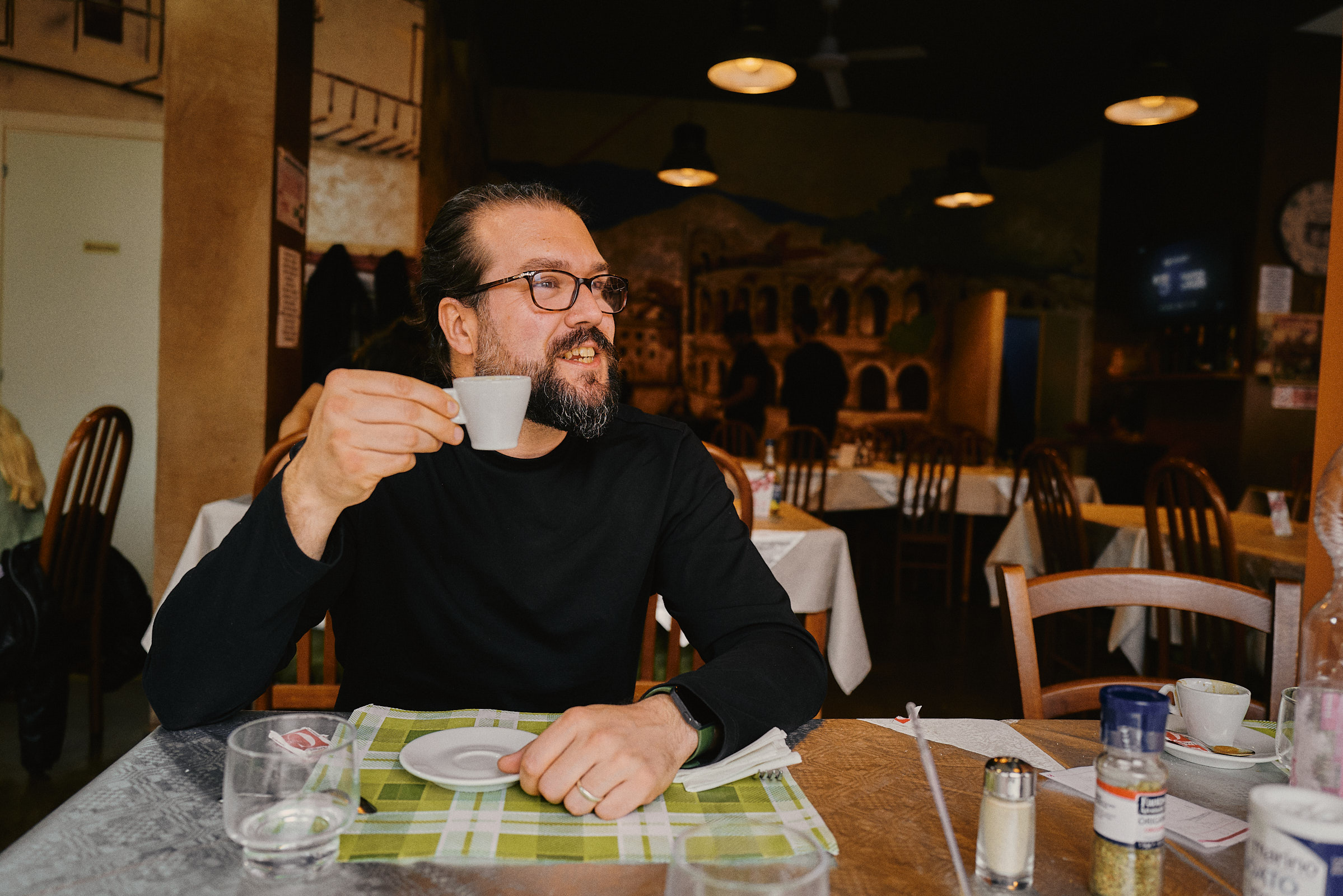
Building on a shared interest in beautiful design and sustainable development, this is the first feature of a three-part editorial campaign that sees Impact Acoustic and Friends of Friends deconstruct the potential of waste materials to advance circularity within architecture and design.
Interview: Anna Dorothea Ker
Photography: Conny Mirbach
